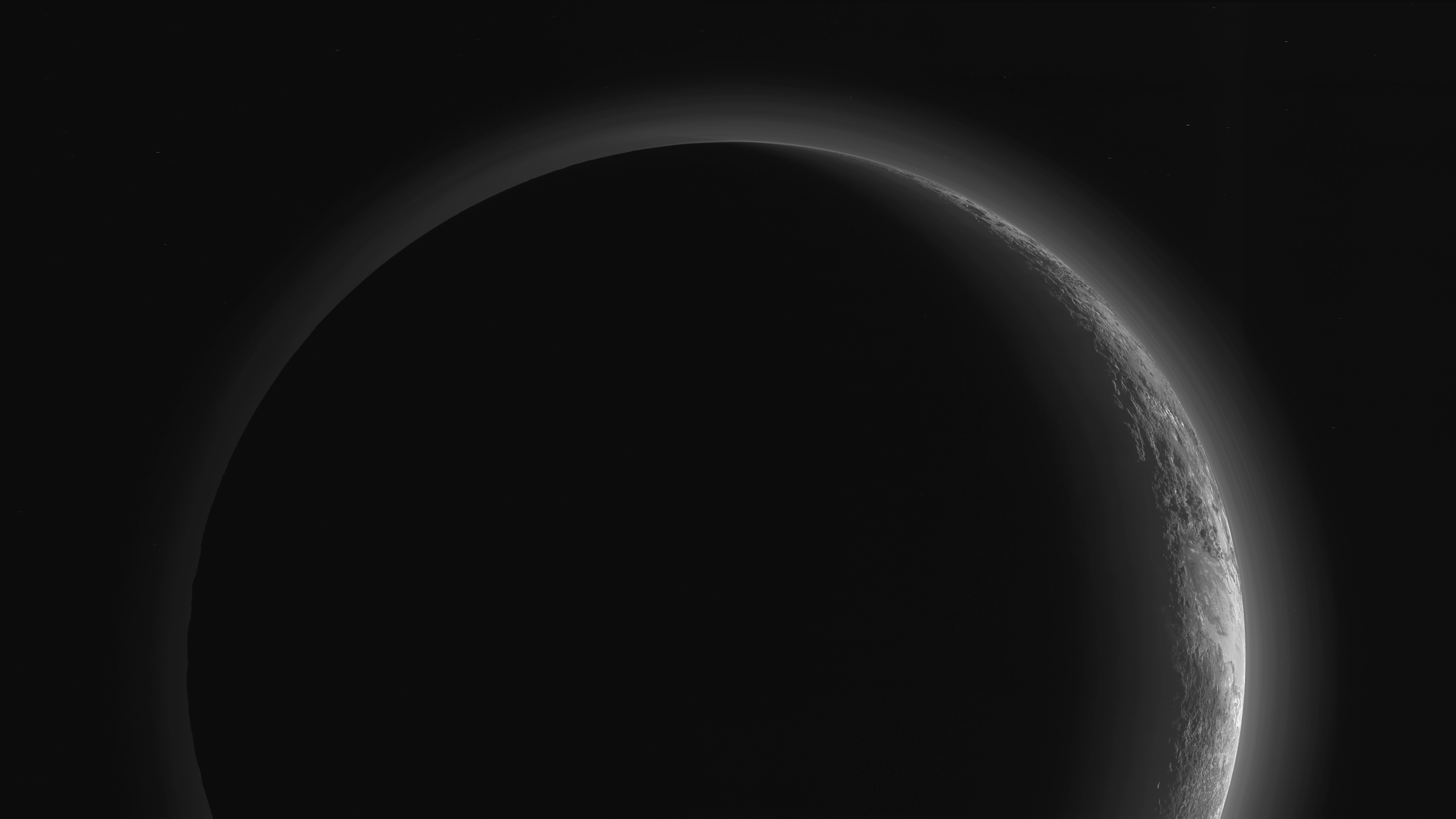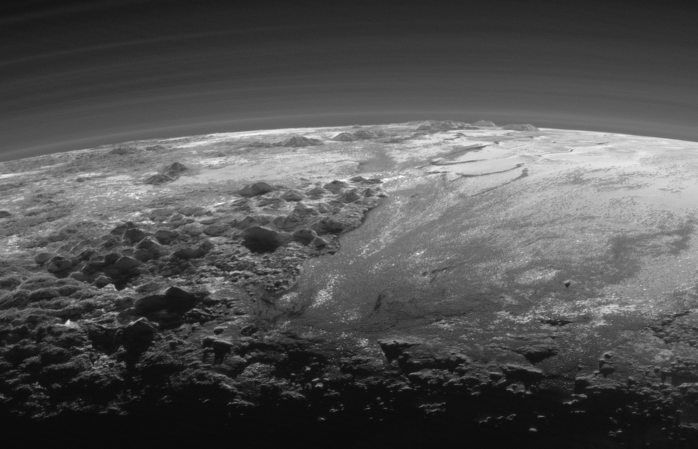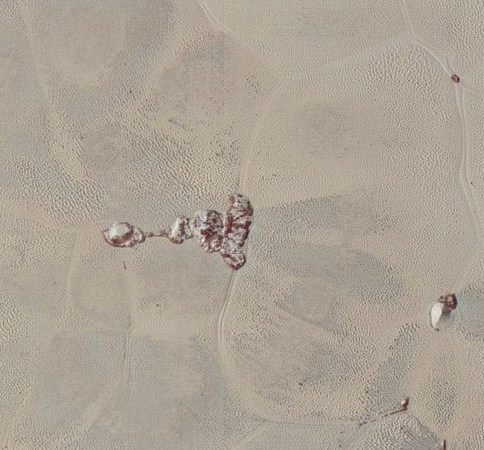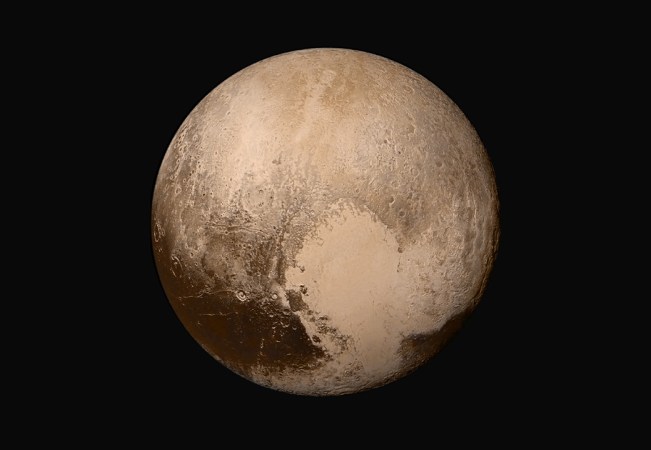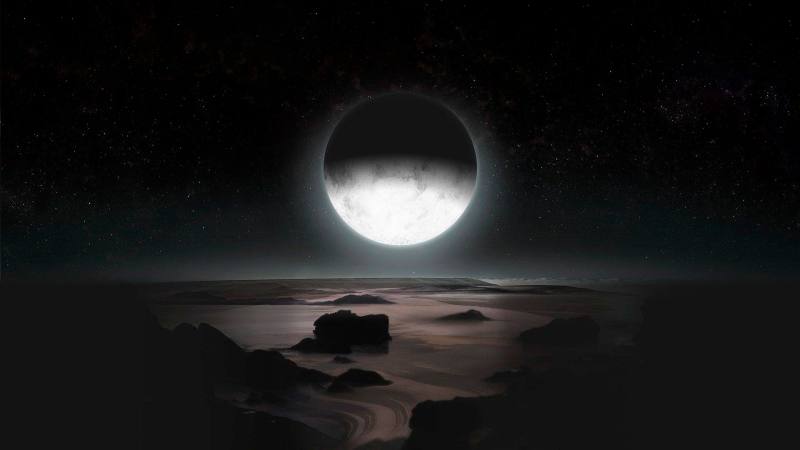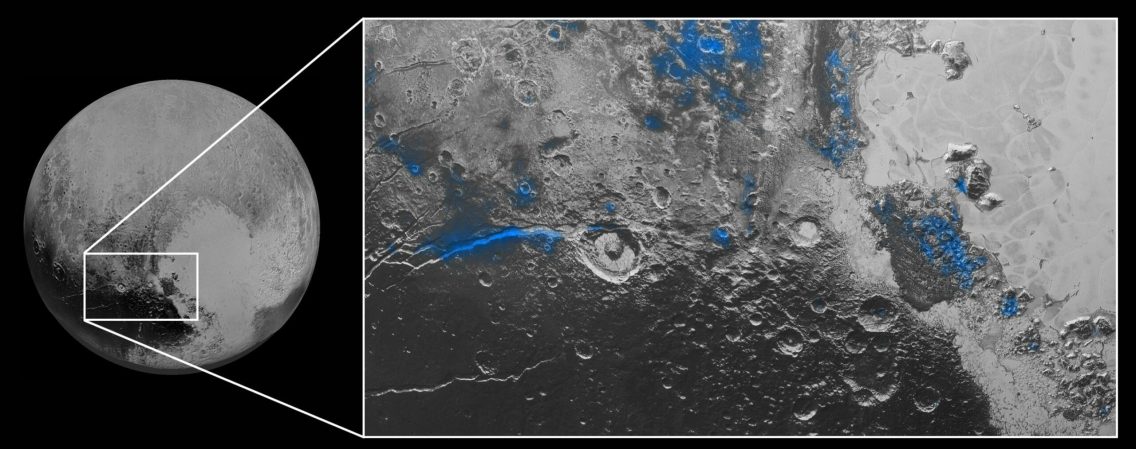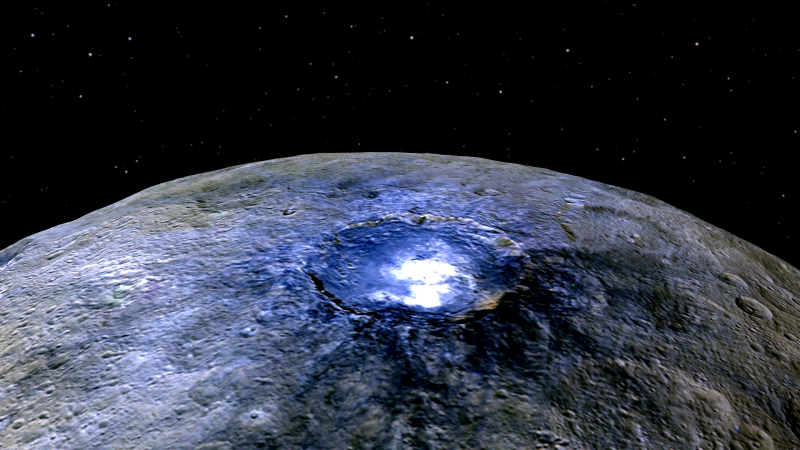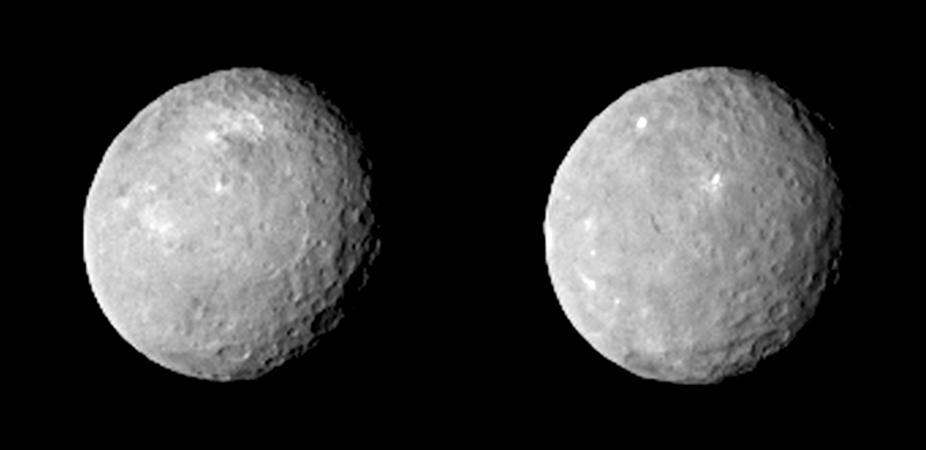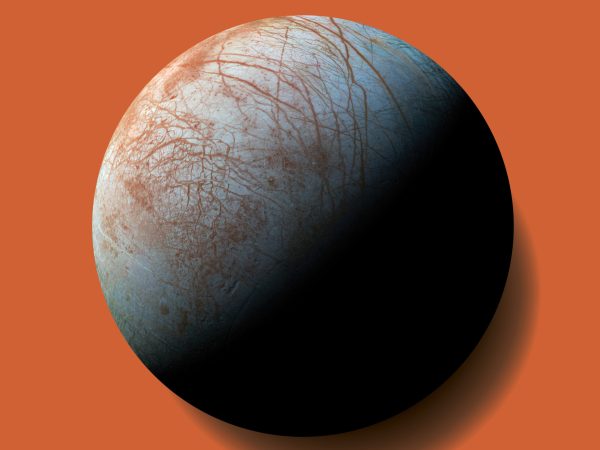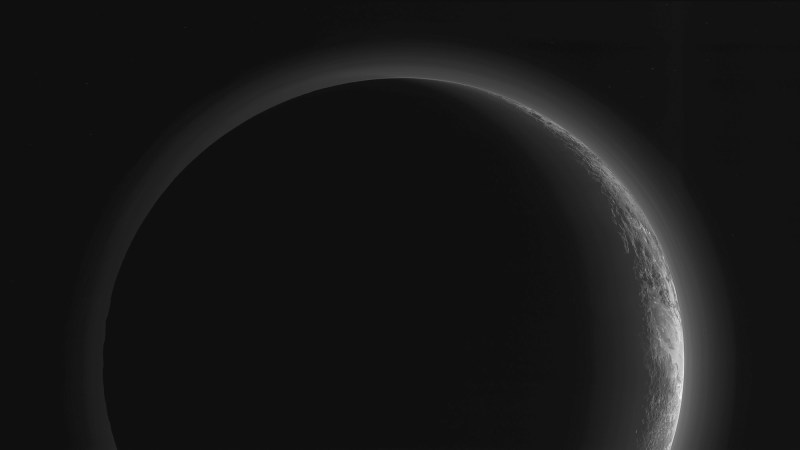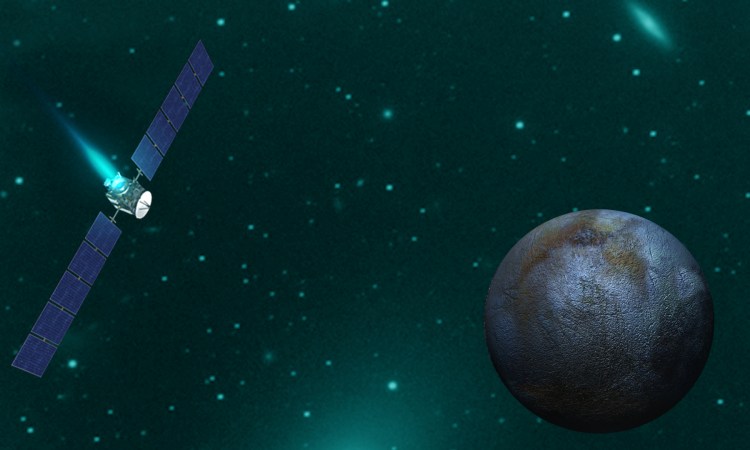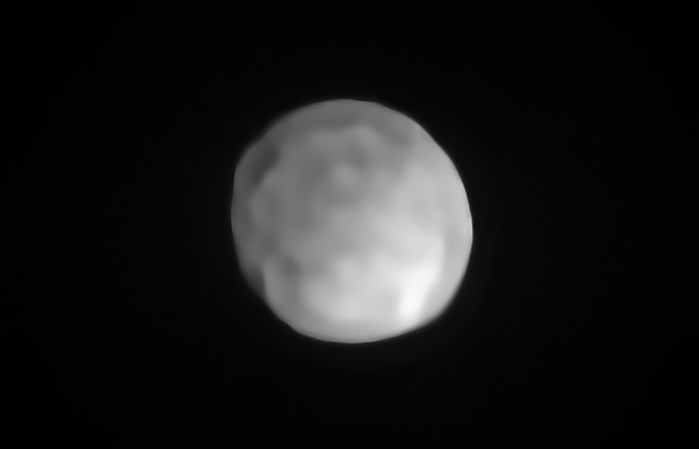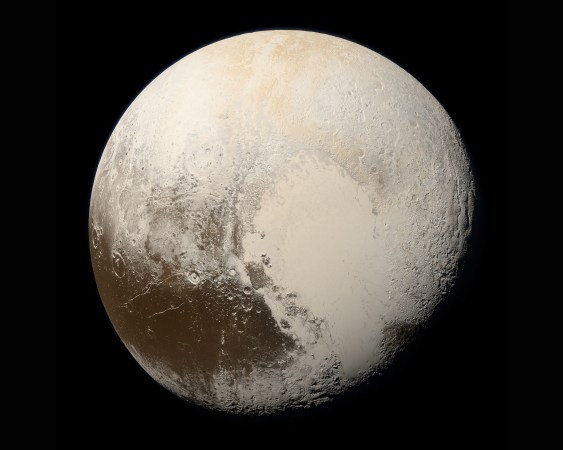


Pluto’s shown us its heart, and its potential for vast liquid water ocean habitats so far from the Sun — on a cosmic body we demoted, no less — is mind-boggling in itself. To add to the “holy wow” of what Pluto can tell us, scientists now have reason to believe that the dwarf planet’s ocean is incredibly deep.
Researchers at Brown University simulated how the basin associated with Pluto’s Sputnik Planum — the heart-shaped crater that was formed by a massive asteroid impact — could have formed. They found that not only is it similar in salt composition to the Dead Sea, but it could be 62 miles deep. The crater sits on a tidal axis linking the dwarf planet to its largest moon Charon.
“Like a bowling ball dropped on a trampoline,” a Brown University release on the study explains, “a large impact creates a dent on a planet’s surface, followed by a rebound.” This could have pulled materials below the icy surface to well up. Since water is more dense than ice, the liquid ocean would end up on top.
“What this tells us is that if Sputnik Planum is indeed a positive mass anomaly —and it appears as though it is — this ocean layer of at least 100 kilometers has to be there,” lead researcher and geologist Brandon Johnson said in the statement. “It’s pretty amazing to me that you have this body so far out in the solar system that still may have liquid water.”
Their work is published in Geophysical Research Letters.
[h/t Gizmodo]

